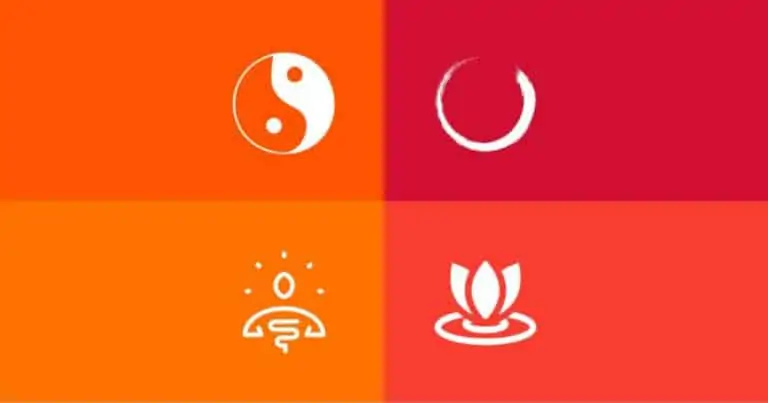That Sales and Operations Planning (S&OP) is a critical business process is no longer in doubt. Today, surveys after surveys indicate the rising adoption of S&OP across all industries, with almost 80% of companies reporting to have some version of an S&OP process[i]. That in itself is a good thing. As much as I fear piling onto something so over-played and over-exposed, a recent survey about S&OP technology motivated me to pick up my pen.
According to Supply Chain Trend – A S&OP-focused blogpost, more than 40% of companies responding to a recent survey cited the lack of technical / system capabilities and data accuracy/integrity as the primary roadblock to successfully implementing S&OP [ii]. This is despite companies on average spending over 70% of their S&OP budget on investments in technology according to Supply Chain Management Review [iii].
This mis-match between the continual investment in S&OP technology and the perennial technical problems in successfully implementing S&OP is dis-heartening. Consulting and software companies can sometimes market things too well leading to such performance gaps and their clients failing to meet their S&OP performance goals despite spending significant $$$s.
To help address this gap, my advice to anyone in the market for S&OP capability is: look for one platform to handle both the S side and the OP side of S&OP, focusing on both the data and the plan integrity. You need an integrated supply chain planning platform that can optimize the entire value chain of your business: from demand planning to inventory optimization, to production or procurement planning, and to fulfillment and transportation. At the risk of sounding like a Zen master, only by layering the S&OP process on top of a unified supply chain planning platform will you achieve “oneness” of data, visibility, plans and, therefore, the benefits of better supply chain decisions.
Consider these 3 points:
1. Work with consistent data from the supplier all the way to the customer
S&OP participants must work with consistent data from the supplier all the way to the customer (or sometimes, the customer’s customer) be it someone from sales, marketing, procurement, finance, supply chain, channel partners or suppliers. The usual alternative to the integrated end-to-end planning platform is a set of spreadsheets to merge, aggregate, compare and consolidate data from different functions. In fact according to a recent survey by Supply Chain Insights – 92% of companies currently use spreadsheets in some form or the other to run S&OP [iv]. Dependence on spreadsheets mean (a) abdicating corporate memory to the Excel keepers, (b) time sink in collecting and formatting data instead of developing actionable recommendations, (c) lack of real-time insights, and (d) absence of granularity in making decisions during the S&OP meeting.
2. Leverage real-time what-if analysis to help with business planning
A core component of the S&OP process is being able to do real-time ‘what-if’ analysis to help with business planning: understand implications of unforeseen events and take positions to respond proactively to the future events. By having “oneness” in your planning platform, it is no longer a dream to quickly understand the net change in material requirements when you change your demand plan, and interactively create several business scenarios with several planning parameters. Only this way can you always maintain a complete and accurate repository of your current supply chain plans that are consistent end-to-end.
3. Facilitate greater understanding and communication among functional groups
The primary objective of most S&OP processes is to encourage and facilitate greater understanding and communication among functional groups so as to make better corporate decisions which then lead to the measurably improved operating metrics such as higher inventory turns, lower stock-outs and higher operating margins. By having “oneness” in your supply chain -e.g., price/cost data, marketing plans, financial targets, budgets, on-hand inventory, supplier and production constraints- you debunk wrongful assumptions and perception gaps that often are the stumbling blocks when building and executing cross functional plans. A platform with unified and internally consistent data is essential in facilitating the collaborative process and making S&OP meetings that much more productive.
Solvoyo clients pay fraction of the integration and on-boarding costs of traditional S&OP implementations due to its unified data model, providing access to a single platform with all planning technology to support both the simplest and the most advanced S&OP processes: demand planning, supply planning, demand-supply reconciliation with multiple financial objectives, prioritized fulfillment, optimal transportation and tracking/reporting of supply chain KPIs that matter.
So, look for “oneness” in your S&OP technology, and don’t let your money fall through the gaps in data integration and S&OP platform functions.
Notes:
[i] Putting Together the Pieces: The S&OP Technology Landscape in 2015 by Supply Chain Insight. http://supplychaininsights.com/putting-together-the-pieces-the-sop-technology-landscape-in-2015/
[ii] The S&OP Pulse Check 2015 By Supply Chain Trend. https://supplychaintrends.files.wordpress.com/2015/12/supply-chain-trend-sop-pulse-check-2015.pdf
[iii] S&OP: Power To The People By Bob Trebilcock. http://www.scmr.com/article/sop_power_to_the_people
[iv] Putting Together the Pieces: The S&OP Technology Landscape in 2015 by Supply Chain Insight. http://supplychaininsights.com/putting-together-the-pieces-the-sop-technology-landscape-in-2015/








